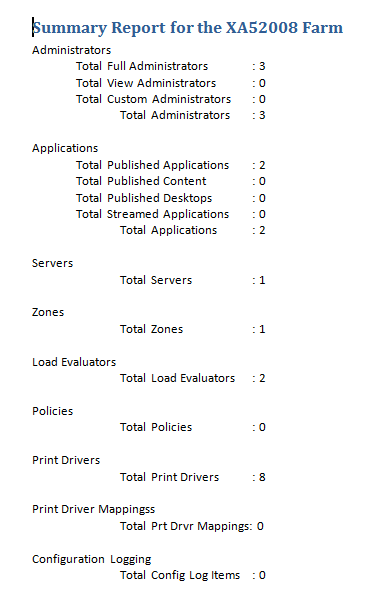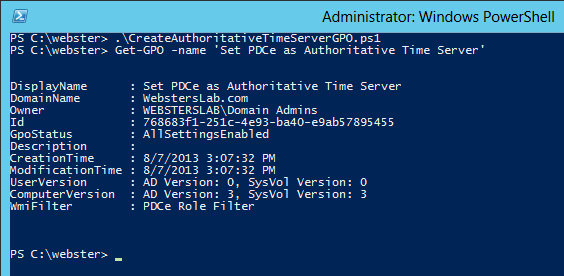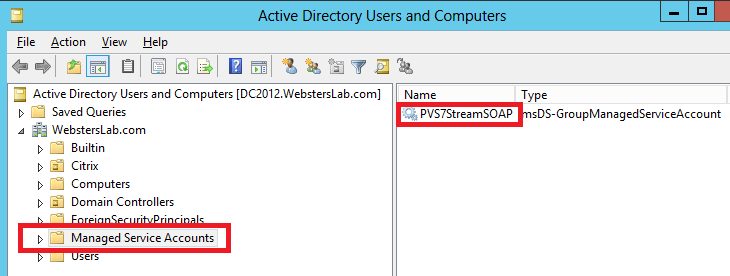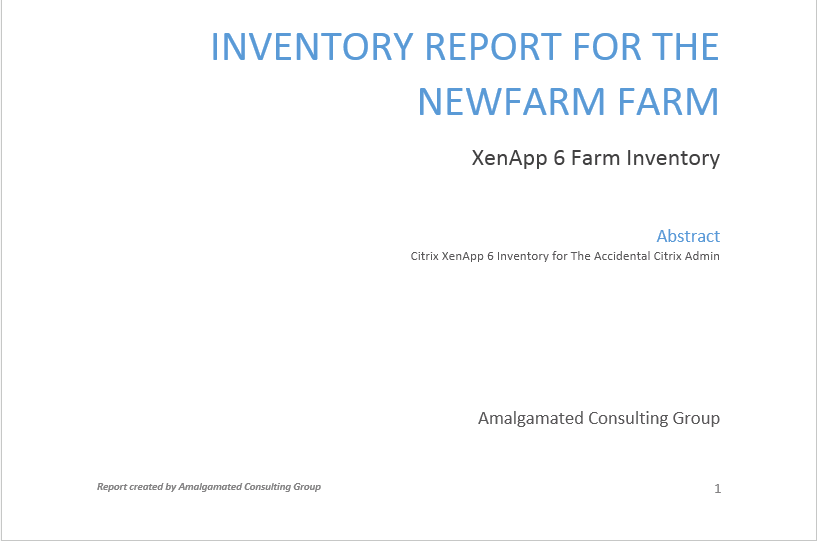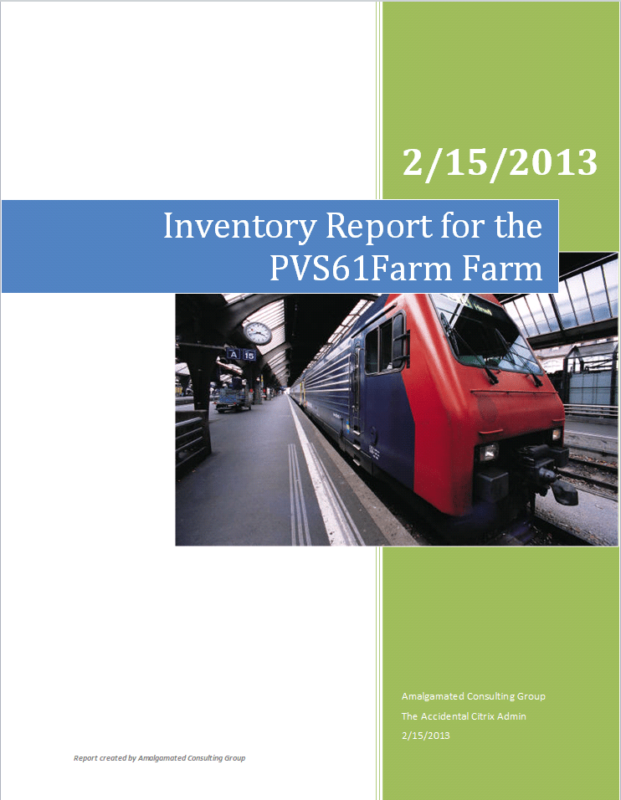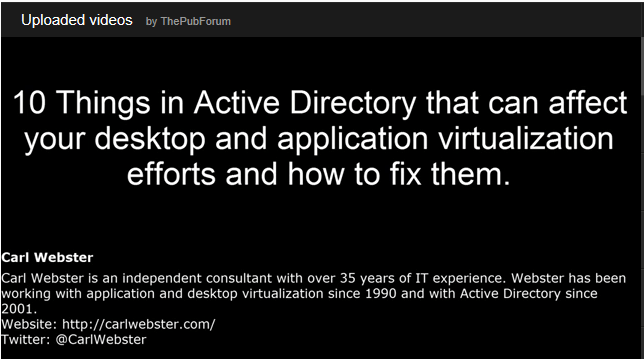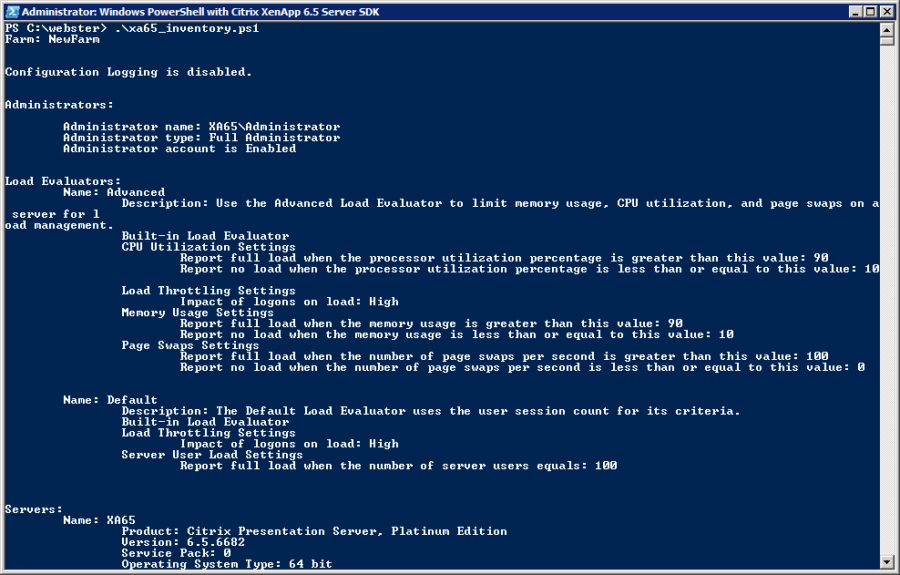Let’s get started with a bit of storytelling…
It all started back in at the end of Q3 2011, I was setting up a new Citrix XenApp 6.5 farm for a migration project at the company I was outsourced at. Back then XenApp 6.5 had been released just a few months earlier.
Everything was looking fine and the migration was going smoothly. A few weeks after the last user was migrated we began seeing some strange behavior. Most of that was solved by implementing new Citrix Access Gateway (CAG) VPX’s, but one issue remained: accessing client drive mappings was extremely slow. To make matters worse, the application being used needed to transfer PDF’s (not even large ones, mostly around 200KB) from client drives to the server. Although the copy eventually would always complete, performance was far less than what is considered acceptable. At the beginning of the weirdness, we did see some rare picadm.sys messages in the event log, but they went away later on.
